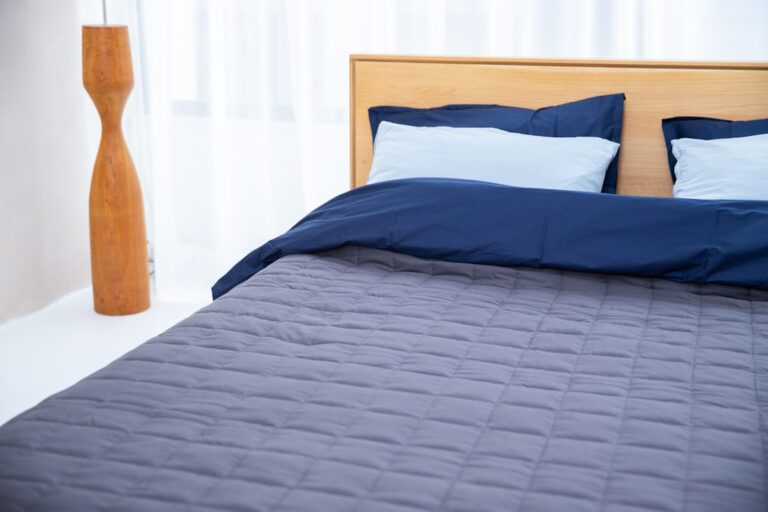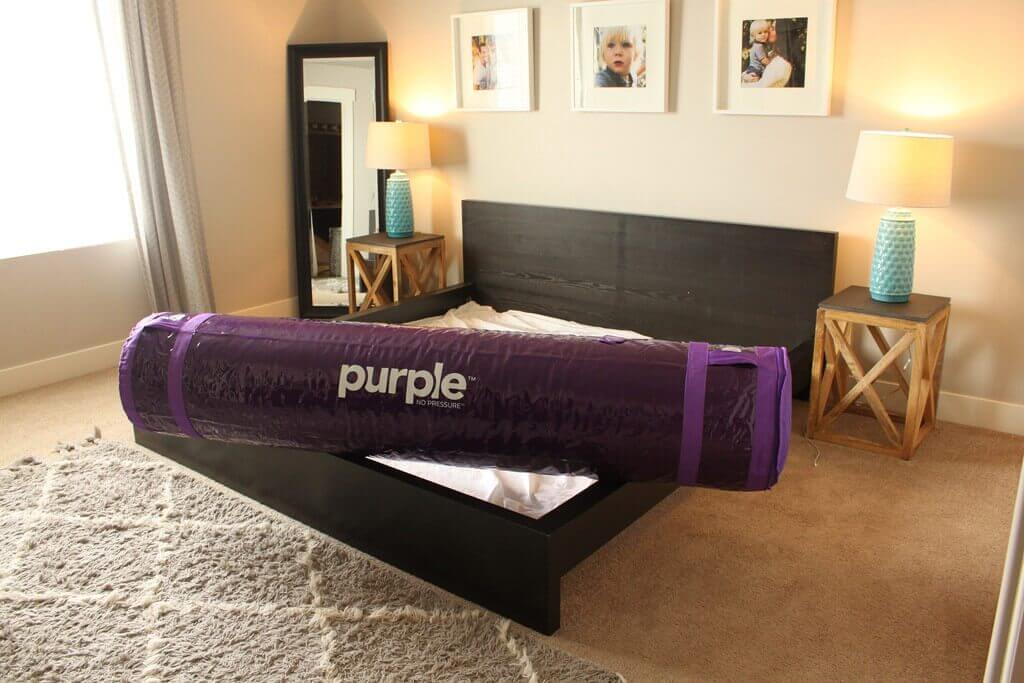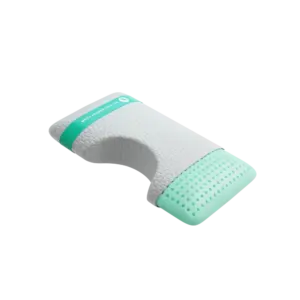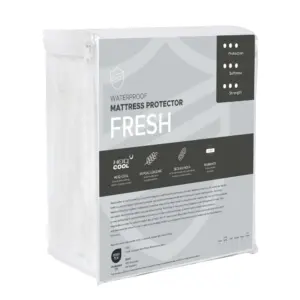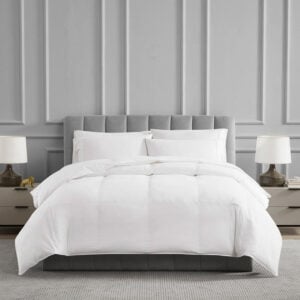How to Get More Comfort from Your Mattress in 5 Simple Steps
Making your mattress more comfortable can transform your sleep experience. A well-maintained mattress not only enhances your comfort but also extends its lifespan. Here, we will explore five simple steps to elevate your mattress comfort, ensuring you wake up refreshed and ready to take on the day.
Step 1: Rotate Your Mattress Regularly
Why Should You Rotate Your Mattress?
Rotating your mattress is vital for preserving its comfort and support. Over time, we tend to settle into the same sleeping positions, leading to uneven wear. Regular rotation promotes even distribution of materials, resulting in:
– Enhanced Support: Consistent rotation ensures your mattress delivers proper support consistently over time.
– Uniform Comfort: By preventing the formation of dips and sags, you maintain a comfortable sleep surface.
– Extended Lifespan: Regularly rotating your mattress can significantly prolong its life, making this simple habit a worthwhile investment.
Most manufacturers recommend rotating your mattress every 3-6 months. This practice is an easy yet effective way to keep your mattress feeling new.
How to Rotate Your Mattress
1. Clear the Space: Remove sheets, pillows, and any other bedding. Move furniture as needed to create space.
2. Utilize Handles: If your mattress has handles, use them for easier maneuvering.
3. Rotate 180 Degrees: Gently shift the mattress from the head of the bed to the foot.
4. Replace Bedding: Once rotated, put clean sheets and bedding back on to enjoy a fresh sleeping environment.
By adhering to this simple practice, you can maintain a high level of support and comfort in your mattress for years to come.
Step 2: Flip Your Mattress (If Applicable)
Are Mattresses Still Flippable?
Historically, flipping mattresses was a common routine to promote even wear. However, many modern mattresses are designed with a single-sided structure optimized for performance. If your mattress features dual firmness levels, flipping may enhance your experience. Always consult your mattress manufacturer to see if yours is flippable and learn the appropriate frequency for doing so.
How to Flip Your Mattress
1. Rotate First: Start by rotating the mattress 180 degrees.
2. Lift and Flip: With assistance, lift the mattress and flip it over to expose the other side. If your mattress has handles, make use of them to avoid fabric strain and personal injury.
3. Get Help: Because flipping can be labor-intensive, enlisting help is advisable.
Following these guidelines can help keep your mattress in top condition, ensuring an even wear and enhancing your sleeping comfort.
Step 3: Use a Mattress Topper
Adding a mattress topper is an effortless way to boost comfort, customize firmness, and even extend your mattress’s life. A good topper offers an extra layer of protection, ensuring your mattress continues to perform at its best.
Choosing the Right Mattress Topper
– Material: Common options include memory foam, latex, and polyfoam. Each comes with its own set of advantages.
– Memory Foam: Offers excellent pressure relief, but may retain heat.
– Latex: Breathable, bouncy, and eco-friendly, great for those who sleep hot.
– Polyfoam: An economical choice, though it might not last as long as other materials.
– Thickness: Toppers range from 1 to 4 inches. Choose based on your comfort needs:
– 1-2 inches: Adds a subtle comfort boost.
– 3-4 inches: Provides significant cushioning, ideal for those needing extra support.
– Cooling Properties: If you tend to sleep warm, opt for toppers designed with cooling features.
Benefits of a Mattress Topper
1. Enhanced Comfort: A topper can soften a firm mattress or rejuvenate an older one.
2. Pressure Relief: Toppers like memory foam can contour to your body, alleviating pressure points.
3. Temperature Regulation: Cooling toppers help maintain a comfortable temperature throughout the night.
4. Extended Mattress Life: Protects against wear, prolonging overall mattress longevity.
Using a mattress topper is a versatile, cost-effective way to improve your sleep experience.
Step 4: Ensure Proper Mattress Support
To get the best out of your mattress, the foundation upon which it rests matters. Here are the main types of mattress supports you can use:
– Platform Beds: Offer sturdy, solid support directly.
– Adjustable Bases: Allow you to alter your mattress angle for various activities like reading or watching TV.
– Slatted Frames: Provide support but require slats no more than 5 inches apart to prevent sagging.
– Box Springs: Ideal for innerspring mattresses, they absorb shock and support the bed.
Checking Your Bed Frame
Ensure your bed frame adequately supports your mattress. Here’s how:
– Sturdy Construction: Good frames should be made from solid materials like steel or hardwood.
– Proper Size: The frame must match your mattress size to prevent sliding or sagging.
– Even Support: Ensure there are sufficient legs and a center support bar for larger mattresses.
A well-supported mattress is essential for comfort and longevity.
Step 5: Maintain a Clean Sleep Environment
A clean mattress is crucial for both comfort and durability. Regular cleaning not only enhances hygiene but also creates a healthier sleep atmosphere.
How to Clean Your Mattress
– Vacuum Regularly: Every few months, use the upholstery attachment to eliminate dust and allergens.
– Spot Clean: Treat spills immediately with a mild detergent and water solution.
– Use a Mattress Protector: These serve as a barrier against spills, allergens, and stains.
– Air Out: Periodically strip the bed and let the mattress air for a few hours to reduce moisture buildup.
Benefits of a Clean Mattress
1. Better Sleep: A clean environment enhances sleep quality.
2. Fewer Allergens: Regular upkeep reduces dust mites and allergens that can disrupt sleep.
3. Extended Lifespan: Cleaning prevents deterioration of materials, prolonging your mattress’s life.
4. Improved Health: A cleaner sleep surface can alleviate respiratory and skin issues.
By incorporating these steps, you ensure your mattress remains fresh and comfortable, promoting restorative sleep.
Conclusion
Enhancing your mattress comfort is achievable with these straightforward steps. From regular rotation to maintaining a clean sleep environment, these practices can significantly improve your comfort and extend your mattress life. For more personalized tips and a quality mattress selection, explore Yawnder for expert advice tailored to your needs. A well-cared-for mattress delivers superior comfort and maximizes your investment—sweet dreams await!



